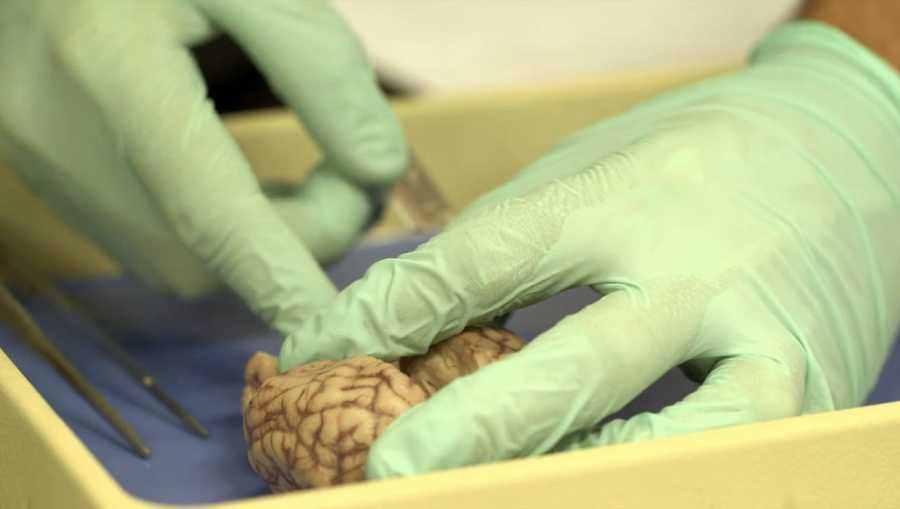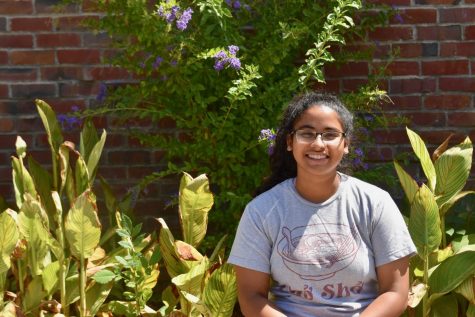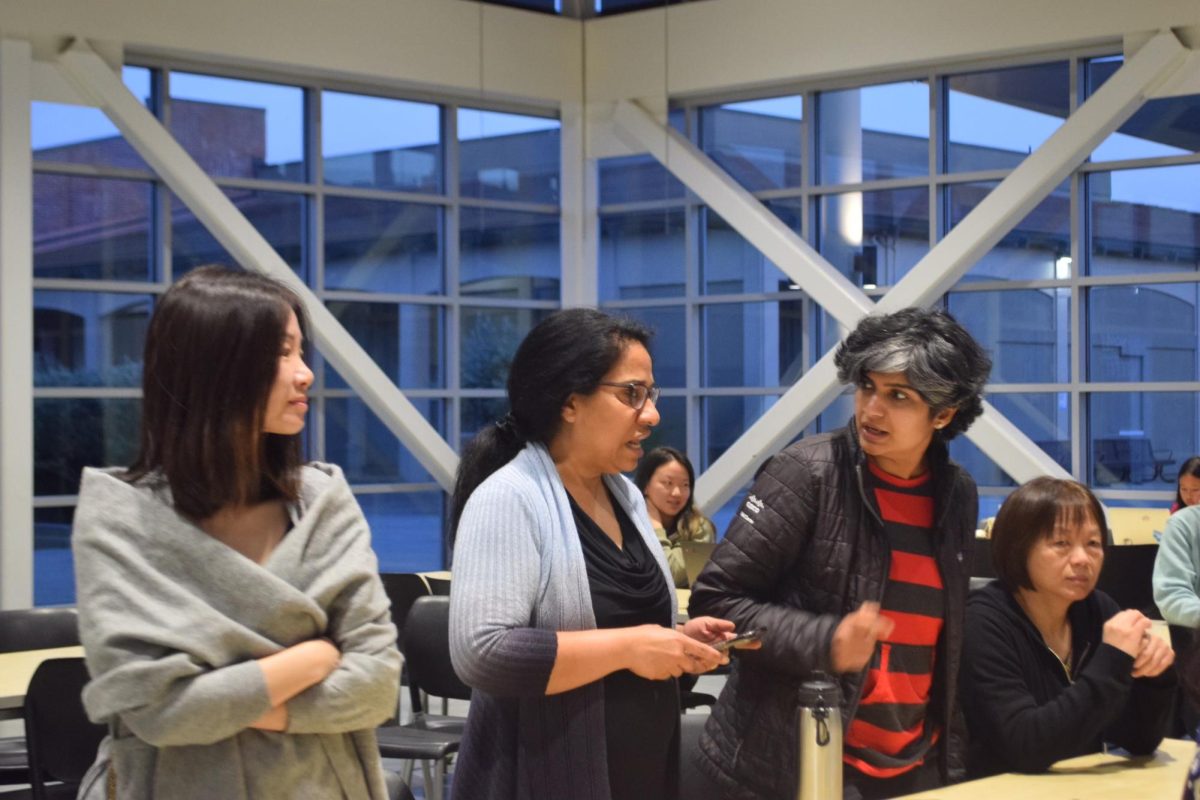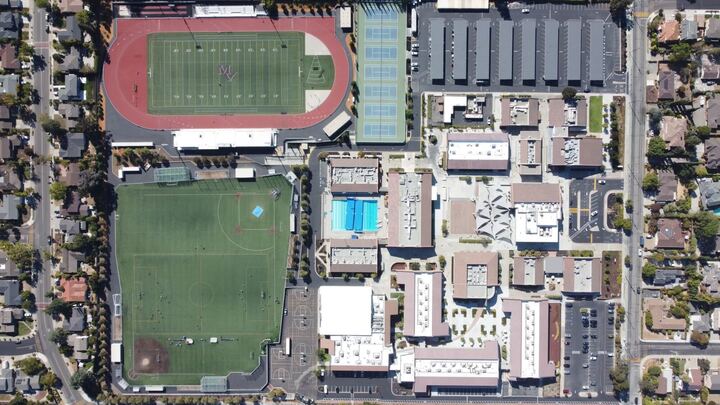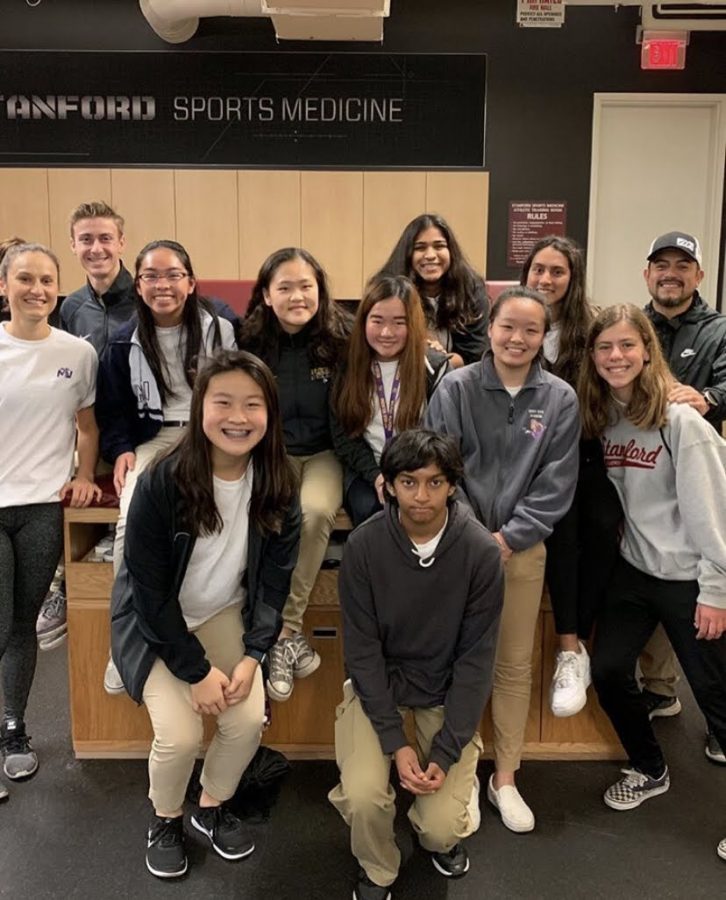In conjunction with the Future Practicing Physicians Network (FPPN), MV Neuroscience is preparing for their annual sheep brain dissection on Friday, December 1. The event was organized by both the Neuroscience club and the FPPN club, as both clubs are knowledgeable about the brain and dissections.
According to co-president senior Forrest Yang, the club first began planning for the dissection over the summer.
“We had the dates set out early in the summer,” Yang said. “We knew we wanted to do it near the end of the first semester. Just last week we actually started making sure we had all the stuff that we needed to do.”
There are some prerequisites the members must complete in order to participate in the dissection, which includes attending safety meetings to prepare students for safety regulations. In preparation for the dissections, the club officers gave presentations explaining the parts of the brain, so the students will be able to identify the lobes during the dissection.
This year, the neuroscience club received greater interest in the dissection compared to previous years, with 42 people signing up for the event, prompting them to purchase more brains to accommodate the increasing numbers.
 The club’s promotional officer, sophomore Ashley Yeh, did her first dissection last year, as a new member. She sees the dissection of the sheep brain as an intriguing demonstration to learn more about the human brain.
The club’s promotional officer, sophomore Ashley Yeh, did her first dissection last year, as a new member. She sees the dissection of the sheep brain as an intriguing demonstration to learn more about the human brain.
“A sheep’s brain is the most cheapest option,” Yeh said. “And sheep brain is the most obvious choice for a brain dissection because it has the most similar [to human] structures.”
The dissection is a memorable experience for many club members and usually occurs during the second semester. However, the officers decided to move it to the first semester to maintain interest, since officers observed that membership activity steadily decreased during the second semester. Club officer and junior Siddhi Shah remembers her experiences in the previous years and shares some adjustments the officer teams have made.
“We just talked about different parts of the brain so we thought it would be a perfect time to have the exhibition now,” Shah said. “I feel like this experiment is really different […] from what you do in your freshman [biology] class because people know stuff about the brain, it’s a different experience seeing how the brain looks and comes together.”
Many officers agreed that the experience is very valuable and gives a more hands-on event, which is different from normal lectures.
“I think [the dissection] also shows people how fascinating the brain actually is because this three-pound organ is able to do so much I think that’s pretty fascinating,” Shah said.
The brains are paid for through fundraising events like cookie making throughout the school year and also club food day. But, in addition to the fundraisers, each member participating in the event must pay three dollars to offset some the cost of the brains, which are 14 dollars apiece.
The officers all agreed that the experience is very valuable for people who are interested in neuroscience and interested in medicine. Although the club does not profit from the event, the officers aren’t particularly concerned because they care more about what the students take away from the experience.
“We are still losing money but I think that’s fine because I don’t think it’s something we want to make a profit off of because it’s an educational opportunity,” Yang said.



